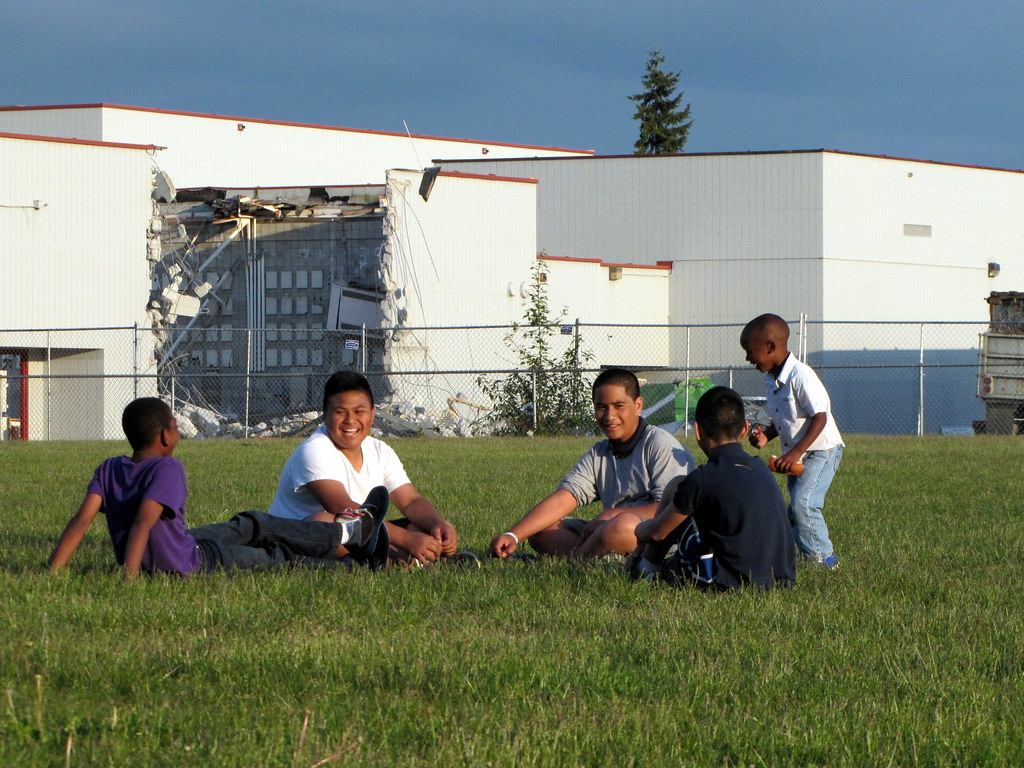I had opportunity to consult with a group of dedicated elementary teachers this morning and this afternoon to pull together this list of links that I thought might be useful to them. -gw
Positive Behavior Support is outlined here: http://www.challengingbehavior.org/explore/pbs/process.htm
The Pyramid Model is described here: http://www.challengingbehavior.org/do/pyramid_model.htm
A Pyramid Model slideshow: http://www.challengingbehavior.org/explore/camtasia/pyramid_overview/pyramid_overview_captions.html
The Individualized Interventions page is here: http://www.challengingbehavior.org/explore/pbs/pbs.htm
The Buddy System is outlined here: http://www.challengingbehavior.org/do/resources/teaching_tools/toc/folder2/2a_buddy.pdf
Social story tips here: http://www.challengingbehavior.org/explore/pbs_docs/social_story_tips.pdf
Tips and ideas for making visuals: http://www.challengingbehavior.org/explore/pbs_docs/social_story_tips.pdf
And on the CSEFEL site, these strategies for teaching social skills: http://csefel.vanderbilt.edu/resources/strategies.html#teachingskills
Tools for developing behavior plans: http://csefel.vanderbilt.edu/resources/strategies.html#toolsplans
Please note that, although the TACSEI website focuses on young children, the model can certainly be applied to elementary aged children as well.
Materials specifically for older children can be found on the Positive Behavior Interventions and Support site: http://www.pbis.org/default.aspx
Materials outlining PCIT skills for teachers can be found in this PDF, the specific pages listed below.
http://pcit.phhp.ufl.edu/Presentations/PCIT%20Integrity%20Checklists%20and%20Materials%204-13-06.pdf
Page 20: Child-directed interaction skills, the basic skills for use in creating warmth of relationship, are outlined here. These skills are used during times when the child can have the lead.
Pages 70-71: Essential elements of parent-direct interaction, eight rules for effective commands, should govern the language used during those times when adults have to be in charge.
Pages 198-199: Differential social attention for ADHD
Page 211: Praise handout for teachers
Page 212: How to create great labeled praise
Pages 213-217: Discipline handout for teachers
At the heart of it all, the skills that would put teachers and parents -- and all caregivers who work with children -- “on the same page,” can be found on just three pages: 20, 70 and 71.

No comments:
Post a Comment